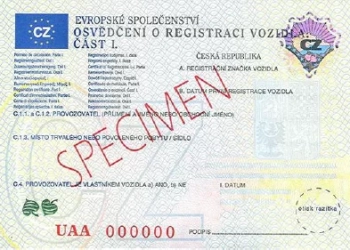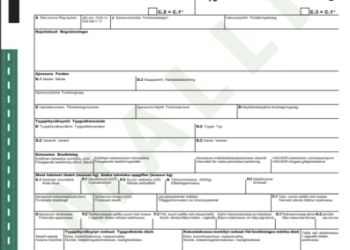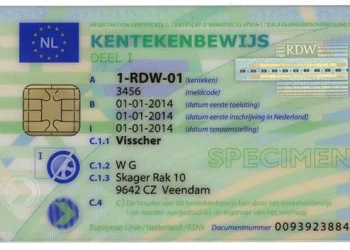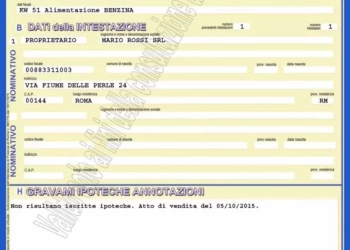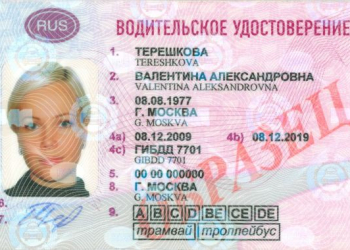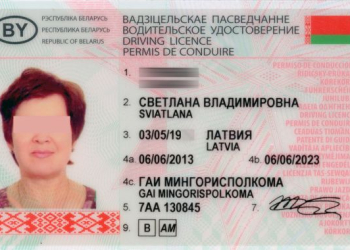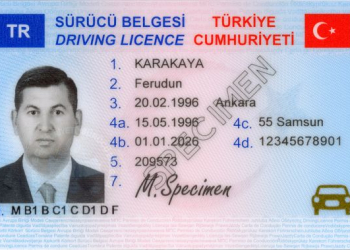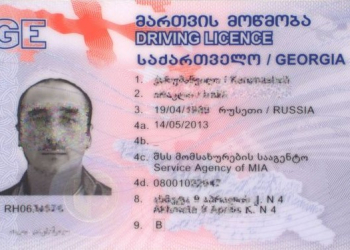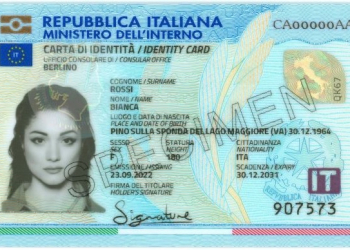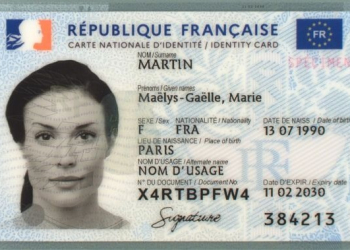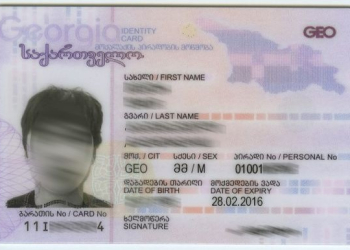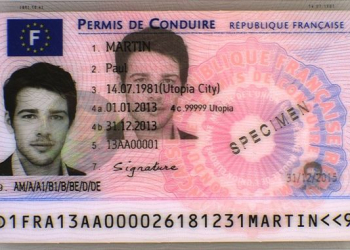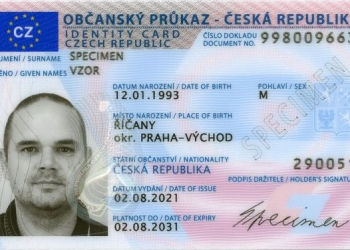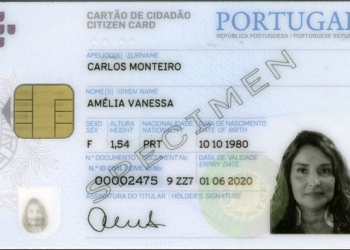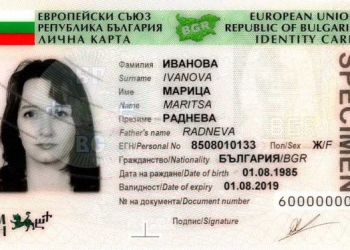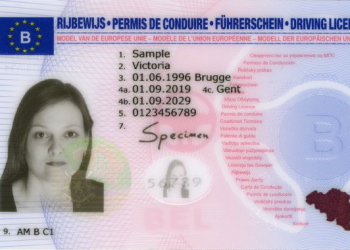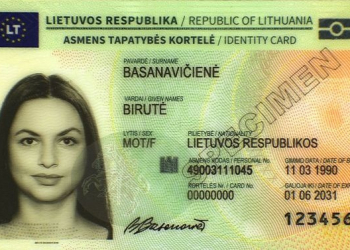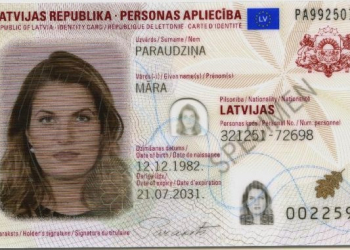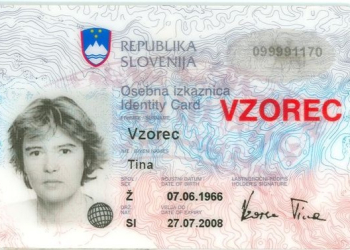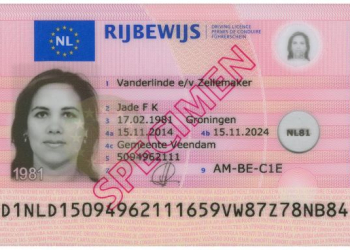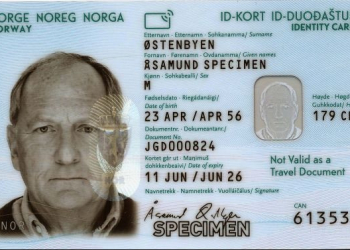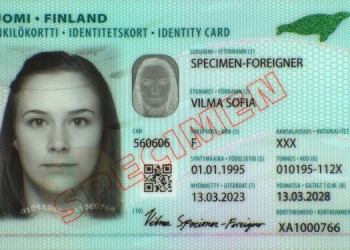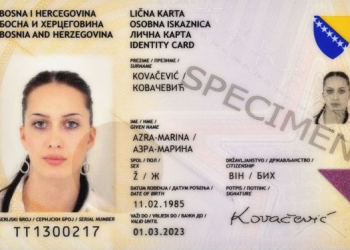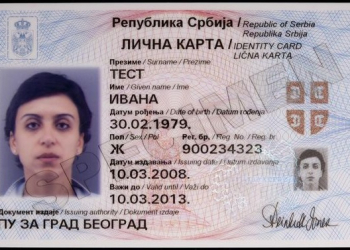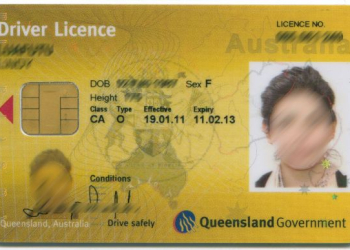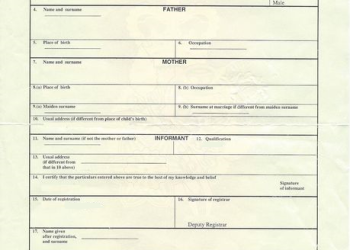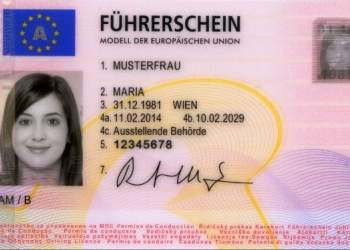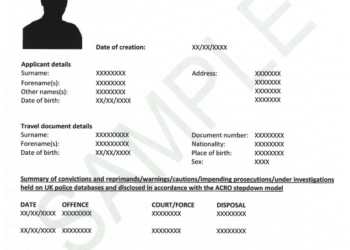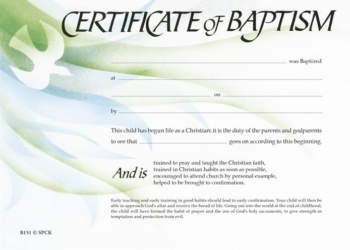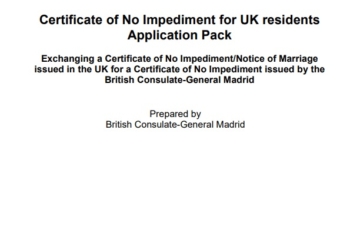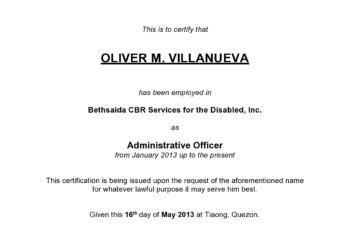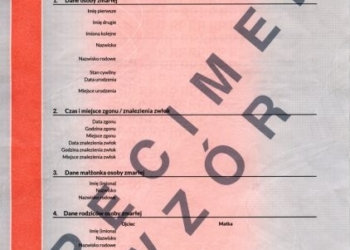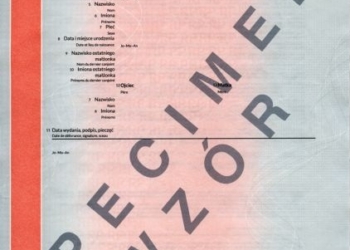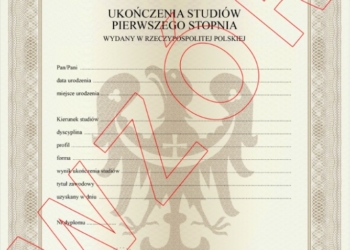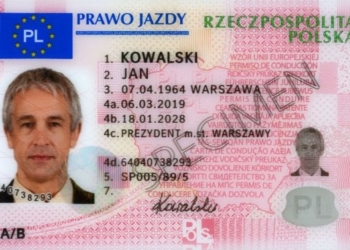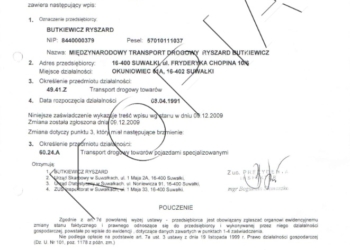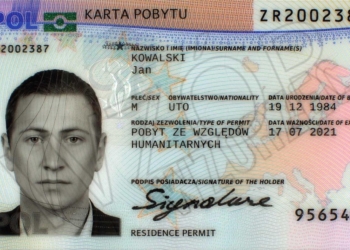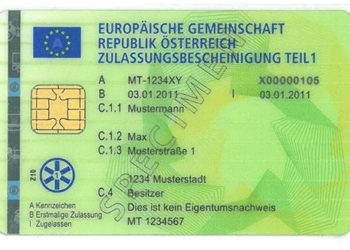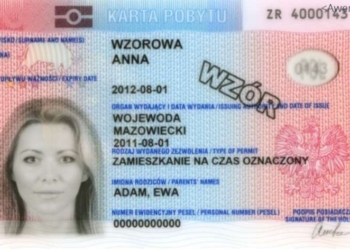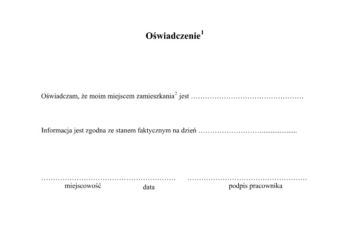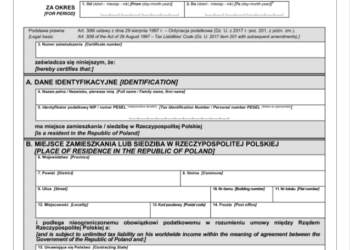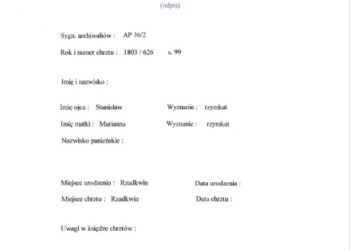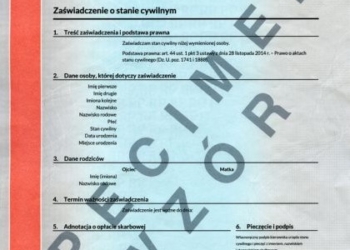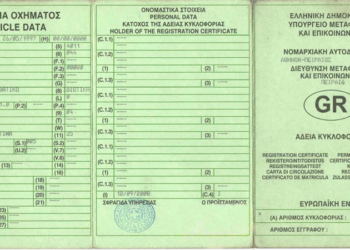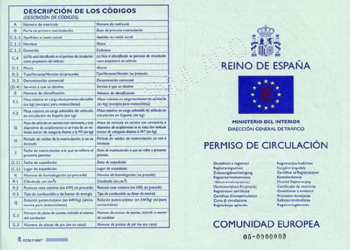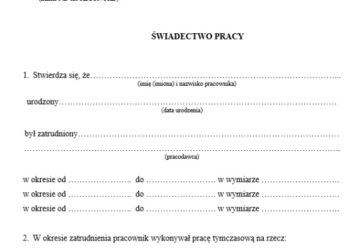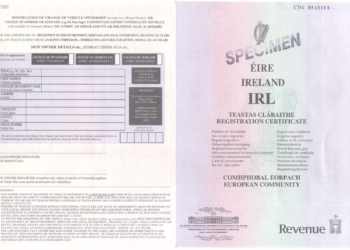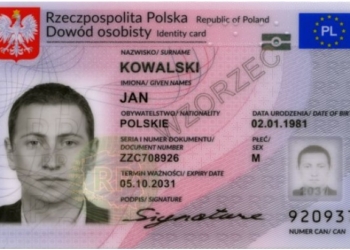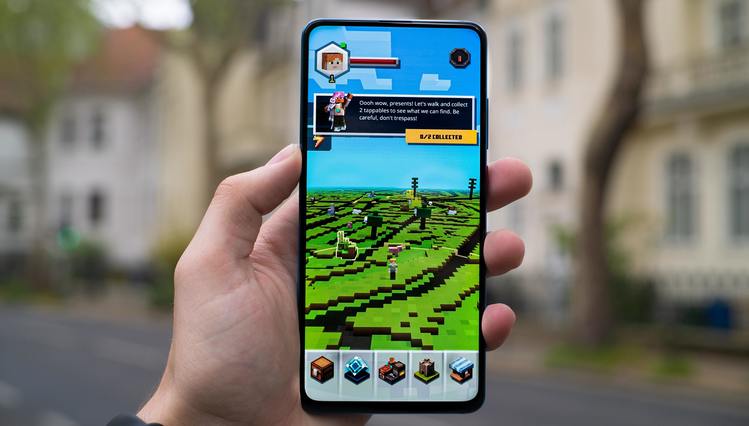What is transcreation?
Transcreation - creative adaptation
Transcreation, also known as creative adaptation, is a translation process that goes far beyond the literal translation of a text. It is an advanced form of content work that takes into account the cultural context and the specific characteristics of the target language group in order to deliver the message that is consistent and appealing to audiences from different countries. Transcreation allows translators to take a creative approach to content, ensuring that the message is appropriate and effective in any context. It is transcreation that allows marketing content, such as advertising slogans, to engage audiences regardless of language or culture.
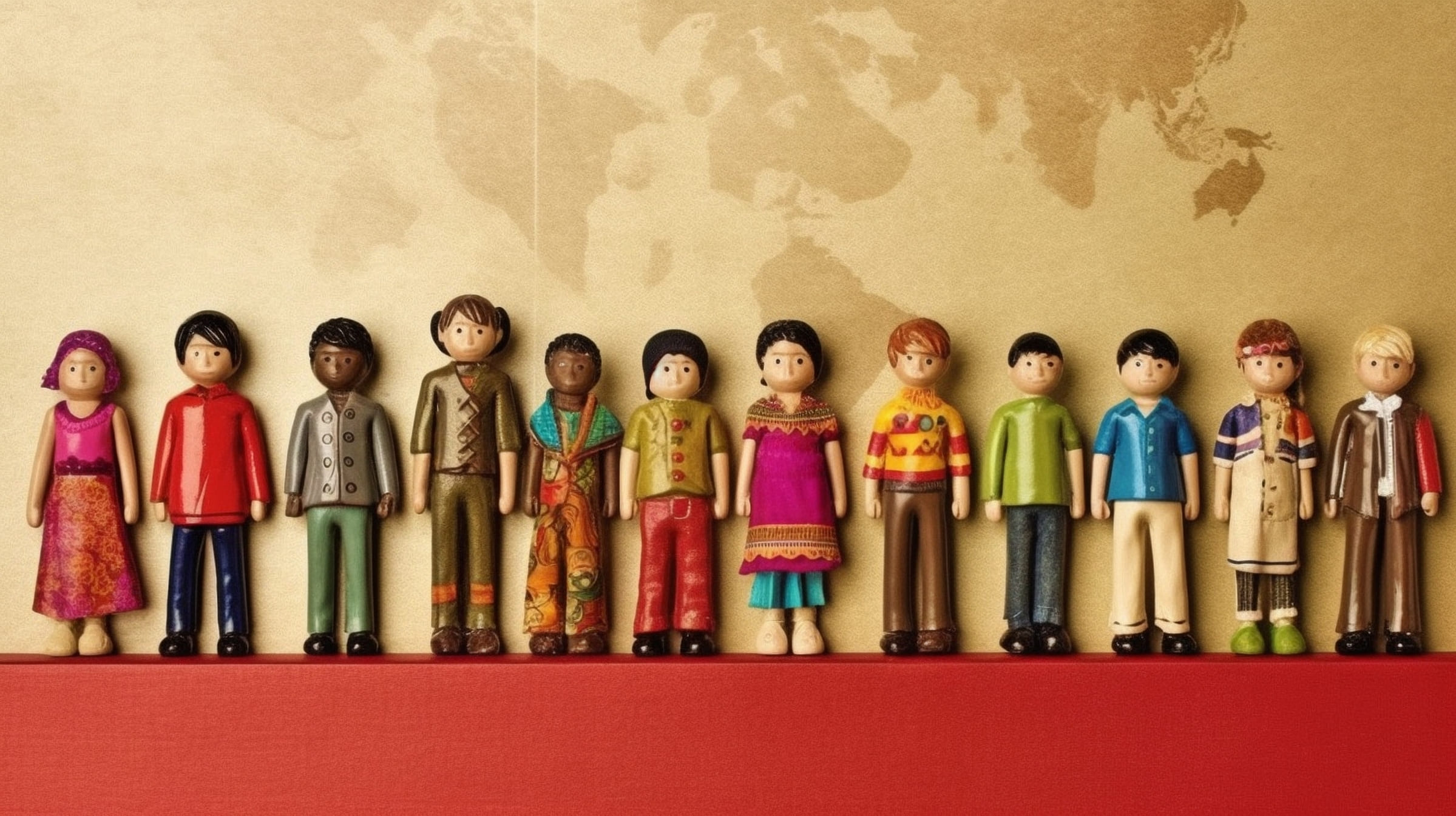
Creative translation is a key part of this process, as it involves adapting the message to the expectations and emotions of the target audience without losing the intended message. In transcreation, text adaptation is crucial – the translator, or rather the transcreator, must take into account both local linguistic norms and cultural subtleties. By transcreating a text, it is possible to preserve the intention of the original message while adapting it to local realities. A good example might be an advertising slogan for a popular clothing brand that encourages self-expression in one country, while in another it is altered to appeal to community and tradition – all based on a deep cultural understanding of the language country.
It is worth emphasising that transcreation is not only translation, but also content adaptation, so that the text does not sound artificial, but becomes the natural and convincing message in the new language. For materials such as videogame’s translations, transcreation acts as a creative translation that takes into account cultural differences, aesthetic preferences and the emotions of the target market.
Through the transcreation process, brands are able to reach the wider audience, creating messages that are understandable, compelling and in line with local norms. This is a key element of successful global branding, especially for such demanding content as advertising slogans, which must be simultaneously concise, emotional and universal in their message.
In summary, transcreation – creative adaptation – is an indispensable process for companies wishing to communicate effectively in international markets. It enables the text and content to be harmoniously adapted to the specific characteristics of local audiences and to take into account their unique needs and emotions. Creativity in translation and transcreation allows translators to deliver content that not only retains the original meaning but is also appropriate to local realities, resulting in greater communication effectiveness.
Translation versus transcreation
Although translation and transcreation are often treated as related processes, they differ significantly in their approach and objectives. Transcreation of the source text focuses on faithfully reproducing the original text, taking care to ensure accuracy and factual consistency. In translation, the priority is to keep the content as close to the original as possible, which is particularly important in technical texts such as instruction manuals or legal documents. The nuances of the source text must be reproduced accurately so that the target audience can understand the full meaning.
Transcreation, on the other hand, although based on translation, goes far beyond the simple process of translating a text. It is a more sophisticated and flexible approach that takes into account emotions, intentions and local cultural realities. In transcreation, what matters above all is that the message in the target language evokes the same emotions and reactions in the audience as the original text, even if this means a far-reaching change in the structure and content of the text. Cultural translation plays a key role, as it allows for a deeper understanding of how the text will affect audiences from different cultures.
For example, translating an instruction manual requires precision and consistency with the original, while an advertising slogan or marketing campaign message needs to be inspiring, engaging and often transformed into something completely different from the original text. In such cases, it is crucial to create content that conforms to the local norms and tastes of the target audience in the target country, but retains the main idea and purpose of the campaign.
With transcreation, brands can communicate effectively in international markets, avoiding the pitfalls that simple content translation sometimes brings. Understanding how transcreation differs from translation allows companies to choose the right approach depending on the type of materials and communication needs. Cultural translation offers the opportunity to adapt content to make it more authentic and engaging in the given culture. Particularly in the case of promotional and advertising materials, the process offers the opportunity to adapt the message so that it is both natural and convincing in the target language.
In summary, transcreation is a more creative and flexible form of text work that emphasises emotion, context and reception by local consumers. Text transcreation makes it possible to achieve messages that are not only understandable, but also effective and attractive to audiences from different cultures. It is indispensable in creating content for demanding and diverse marketing campaigns to reach global markets and appeal to audiences in an authentic and effective way.
Transcreation and SEO
Transcreation plays a key role in SEO strategies in international markets, especially when it comes to localising the translation and tailoring content to the specifics of target audiences in different countries. This process goes beyond literal translation and focuses on adapting texts to local realities and search engine algorithms. In the case of website translation, simply translating the content is not enough – a deep understanding of local language habits, user preferences and popular key phrases is required to increase the visibility of the website in search results, as well as incorporating SEO into the transcreation.
An example of this would be when a keyword popular in one country proves incomprehensible or unattractive to audiences in another region. In such cases, website localisation and content adaptation become essential to achieve effective SEO efforts. With transcreation, it is possible not only to preserve the meaning and purpose of the content, but also to create the message that is more engaging for users of the target country’s language.
When localising pages, it is also important to take into account differences in language structure and information retrieval. For example, if a key phrase in one language consists of two words, in another it may need to be expanded with additional terms to maintain naturalness and relevance. The result is texts tailored to the specific needs of local audiences and the technological requirements of search engines.
Transcreation versus SEO is a combination of the art of creative translation and analytical technology. Optimising content for search engines is not just about simply entering keywords – it is the sophisticated process that takes into account the localisation of the translation and the specific preferences of the language users. This enables websites to better meet the needs of their audience and compete more effectively in the international market.
In summary, website translation and transcreation are key elements of an SEO strategy for companies operating globally. This process not only supports the localisation of content, but also helps build a strong position in search engines by creating texts tailored to the expectations and preferences of local audiences. As a result, brands can increase the visibility, engagement and effectiveness of their marketing efforts in different countries.

Transcreation versus localisation
Localisation and transcreation are two complementary processes that are often used in parallel to successfully enter new markets. Although their objectives overlap, they differ in scope and approach. Localisation involves adapting a product, service or content to a specific market, which includes changes to date formats, currencies, units of measurement or proper names. This makes the material more digestible and intuitive for audiences in the language of the target country.
Transcreation, on the other hand, focuses on content that requires a creative approach and consideration of the nuances of the source text. This is particularly true for materials such as advertising slogans, narrative texts, as well as selected elements within marketing projects or website translation. An example of this is texts subject to transcreation, which require not only translation but also creative transformation in order to have an emotional impact on the local target group. Adjusting the words in transcreation allows the message to be better tailored to have the right impact on the audience.
This process becomes particularly important in the game industry. Localisation of games involves not only the translation of the interface, dialogue or instructions, but also the adaptation of the storyline, characters or cultural references so that players from different countries can fully immerse themselves in the gameplay. Transcreation of text makes computer games more engaging and accessible to audiences from different cultures, regardless of their background.
Both processes are equally important, but have different roles in adapting material to the new market. The translation process underpins localisation, focusing on faithful translation of content, while transcreation adds a creative layer to make the message equally effective in the language of the target country. Only by combining these two approaches can messages be created that are both functional and inspiring to local audiences.
In summary, localisation and transcreation are key tools in global marketing. Transcreation transforms content in a way that preserves the intent and emotion of the original, while localisation adjusts technical and cultural details. Together, they make it possible to create transcreable texts and adapt content for diverse markets, while building authentic relationships with local audiences.
Transcreation in marketing
Transcreation in marketing plays a key role in effectively reaching different cultures of target audiences. Emotions, which strongly influence purchasing decisions, need to be precisely adapted to local realities in order for an advertising campaign to be equally effective in different markets. Unlike standard translation, transcreation focuses on ensuring that the message evokes the same feelings and reactions in different audiences.
Translation in marketing is not just about changing the words, but also adapting the entire communication strategy to the unique characteristics of the target market.
When it comes to translation in advertising, the challenge is to keep the global brand strategy consistent while adapting the content to the specificity of local markets. A good example is McDonald’s, which adapts its slogans and advertising content by country. Thanks to transcreation in marketing, these messages appeal to different audiences, keeping them authentic and emotive.
Emotional marketing and translation in social media
In today’s world, emotional marketing is playing an increasingly important role, especially in channels such as social media. Social media translation requires not only translating texts, but also matching tonality, cultural references and visual elements of the campaign. For example, humour in one country may not be understood or received well in another. Translations of social media marketing texts must therefore take into account the subtle differences in mentality and preferences of local audiences.
A creative approach to transcreation allows brands to create content that engages and builds a connection with local consumers. An example of this is Coca-Cola’s adverts, which appeal to emotions such as joy, friendship and spending time together in different regions of the world, while being tailored to the cultures of the target audience.
Transcreation in entertainment and film
In the entertainment and film industries, transcreation is no less important. Transcreation in entertainment and translation in films requires taking into account not only the content of the dialogues, but also the cultural context in order to make the story understandable and appealing to different audiences. Famous examples include translations of film titles, which are often completely changed to make them more relevant to local realities.
Transcreation also makes it possible to effectively launch global campaigns to promote films, series or video games to broad audiences around the world. This process ensures that the message remains consistent while being adapted to the specificity of local markets.
In summary, transcreation in marketing is a tool that allows brands to effectively reach audiences around the world while maintaining an emotional message and a consistent vision. From translation in advertising to emotional marketing to translation in films and social media, transcreation enables the creation of content that not only informs, but more importantly builds a connection with local consumers.
Transcreation in the industry
In which industries does transcreation occur and how does it work?
Transcreation is used in many industries, but it is particularly valued in advertising, gaming, fashion and the film industry. Video games, for example, often require transcreation of dialogue to convey humour, cultural context and character. Translation in computer games requires not only the faithful translation, but also an adaptation of the content to make the player feel as if the game was created especially for them. Transcreation enables the adaptation of jokes, cultural references and linguistic nuances, making texts natural and engaging in the target language.
Similarly, emotional translation plays a key role in translation in films. In this industry, transcreation is not just about translating words, but also about conveying the emotions and intentions behind a given dialogue. Translation in the arts also requires a deeper consideration of the emotional charge of the text. An example of this can be found in films, where the translation of dialogue or subtitles aims to capture the subtle emotions of the characters, not just the literal sense. Without proper emotional translation, the viewer might not understand the context of the scene, which could undermine the intended artistic message.
In the fashion industry, luxury brands use transcreation to emphasise the emotional dimension of their campaigns and resonate with local audiences. Transcreation in advertising requires not only accuracy in translation, but also a flair for choosing words that will evoke the right emotional response in the viewer. Adapting content to local realities and cultural expectations is essential for a brand to be seen as authentic and close to its customers.
The importance of transcreation
How significant is the use of transcreation today?
The importance of transcreation is growing with globalisation. For companies entering new markets, transcreation services are becoming an indispensable part of effective communication. Transcreation allows translators not only to translate texts faithfully, but also to take into account the specific cultural and emotional requirements of the target audience. As a result, marketing messages and advertisements are more engaging and brands resonate effectively with local markets. In practice, translation in marketing requires the translator not only to translate words literally, but also to take a creative approach to convey the meaning, style and emotion of the original message, fully capturing the nuances of the source text.
Advertising translation is an example where transcreation is crucial. Only the proper adaptation of texts to local contexts, taking into account cultural nuances, can ensure that an advertisement has the desired effect. In the case of international campaigns, misunderstanding cultural differences can lead to catastrophic mistakes with negative consequences for the brand image. Transcreation avoids such situations, ensuring that the message is effective and tailored to the expectations of the target audience.
With the right emotional translation, transcreation not only enables the effective translation of content, but also allows for a deeper understanding and rendering of the emotions that are intended to influence the response of the of target audiences. After all, target audiences are different in different markets – they have different values, preferences and expectations of brands. To create an effective campaign, it is essential that the message is tailored to their needs, which is exactly what transcreation provides. In this way, transcreation services become the cornerstone of a successful marketing strategy in international markets.

Transcreation of advertisements
Where do we most often encounter the phenomenon of transcreation?
Advertisements are one of the most common examples of transcreation. When done well, transcreation in adverts not only translates, but also transforms the message to fit local cultural and emotional realities. A great example is Nike’s campaign, whose slogans are creatively adapted to different markets. Translation in marketing must be adapted to engage audiences in different countries, taking into account cultural, linguistic and social differences. For example, in Poland, the slogan ‘Just Do It’ could be transformed into something that more closely reflects the local context, yet retains motivation and inspiration as key elements of the message.
Another example could be translation in the arts, where transcreation allows the emotional charge and meaning of the work to be preserved, despite the change in language. In the case of literature, film or theatre, transcreation must take into account not only the meaning of the words, but also the cultural nuances that vary according to the audience in different countries.
Translations of marketing texts also need to be creatively adapted to keep the narrative not only comprehensible but also engaging. Dialogues and storylines need to be transformed to suit the expectations of players in the region, without losing humour, tension or emotional engagement. An example of this is the translation and adaptation of texts in popular games such as ‘The Witcher’ or ‘Cyberpunk 2077’, which have to be translated with the cultural specificities of different nations in mind.
Leave the translation of sponsored articles, the translation of flyer content, the translation of newsletters, and many other time-consuming elements of an advertising campaign in the right hands!
The Transcreation Process
The transcreation process begins with a thorough analysis of the content and an understanding of the purpose this content is intended to achieve in the given market. An important step is also to understand who the target audience is that the material will be aimed at. In the case of transcreation of marketing or advertising texts, this needs to be well thought out so that the message adequately engages users of the language in question and fulfils its purpose in the cultural context. Once the objectives and audience have been identified, the actual transcreation process begins, which goes beyond simple translation. Transcreation allows translators to apply their cultural and linguistic knowledge to fully adapt a text.
During this process, the translator, acting in the role of transcreator, not only faithfully reproduces the meaning of the words, but transforms the whole text to reflect its emotional and cultural context as well. Working with a transcreationist is crucial, as they are the ones with the right skills to transform the text so that it works for local audiences in a way that is consistent with their expectations, values and culture. By transcreating the text, it is possible to create communication that fully conveys the intended message while remaining consistent with the values and norms of the target market.
It then moves on to the translation process, where the text is further processed and adapted. Adapting the words in the transcreation is crucial so that the text not only conveys the meaning, but also evokes the right emotions and captures the attention of the target audience. It is important to strike a balance between creativity and fidelity to the original message at this stage. Users of the language in question should recognise the emotion and intention of the original text, which is particularly important for advertising and marketing texts.
The final stage in the transcreation process is to test and check that the adapted content actually fulfils its purpose in the given market. Tests are carried out on a sample of users of the language in question to see if the audience reacts to the text in the way intended. This allows adjustments to be made so that the text best meets the needs and expectations of the audience. The entire transcreation process ensures that the material created will communicate effectively with the group strengthening the emotional connection with the brand or product.
Cultural nuances in transcreation
Understanding the nuances of the source text as well as cultural nuances is crucial to successful transcreation. The transcreation process is not just about translating words literally, but also taking into account local values, traditions and emotions, which can vary from region to region. An example would be colours – red, which in China symbolises happiness and good luck, in other cultures may have completely different connotations, such as anxiety, danger or mourning. Such cultural nuances must be taken into account in the texts to be transcreated in order to not only preserve the meaning of the original, but also to appropriately influence the emotions of the recipient.
Ignoring such nuances can lead to misunderstanding or even outrage from the audience, which can significantly tarnish the reputation of the brand or product. In the context of marketing, an advertisement that is successful in one country may provoke negative reactions in another if it is not properly adapted. In the case of game localisation – i.e. the translation and adaptation of video games for different markets – cultural translation is crucial in order to make the game relevant and understandable to players from different parts of the world. Even changing simple elements, such as characters, dialogue or jokes, can make a game more appealing and engaging.
As in game localisation, the process of website localisation requires consideration of not only the language, but also the cultural specificities and expectations of users from different countries. Words, images and even the layout of a page can be perceived quite differently depending on the cultural country of the language. Therefore, transcreation is not just a matter of translating words, but also of fully adapting the communication to the specificity of the given market. In the process, it is also important to adapt the content to local expectations and traditions in order to increase the effectiveness of the communication with the audience.
Transcreation - conveying emotions
Conveying emotions is at the heart of transcreation. In advertising campaigns or marketing texts, emotions are the key to audience engagement. Transcreation makes it possible not only to translate words, but above all to convey the emotional tinge that lies in the original message. By adapting the content appropriately, translators are able to convey the subtle nuances of the source text, which can determine the effectiveness of the message in the given market. This is important because the cultures of the target audience differ in terms of what evokes emotion – what is considered inspiring in one culture may not be understood in another.
With text transcreation, it is possible for an advertisement or marketing slogan to retain its expressive power and emotional impact on the recipient, regardless of the language of the message. An example of this is emotional translation in entertainment-advertising, in which the message is not merely ‘transformed’, but fulfils its motivational or uplifting role in a new context as well.
Transcreation is about understanding the emotion to be communicated and creatively matching it to the local market context. Emotional marketing is a key in these types of messages, as it uses emotions to build a connection with the audience, to induce trust and brand loyalty. Transcreation allows these principles to be applied, adapting them to a variety of cultural expectations and values, ensuring that the emotional message is received fully in line with the sender’s intentions, regardless of the language and culture of the target audience.
Transcreation of websites
How do you adapt the website to a specific group of readers?
Websites are a company’s business card, so their content needs to be tailored to each market. In the age of globalisation, website transcreation is an essential tool that allows companies to effectively reach different markets and users. The process involves not only translating websites, but also fully adapting content to local expectations, ensuring more effective communication and better audience response. SEO in transcreation is a key element to ensure that content is visible and attractive in search engines, taking into account local preferences and keywords. Creative translation allows you to go beyond a literal translation, preserving the intent of the text and adapting it to the specificity of the market in question, as well as the local culture and preferences of users.
Furthermore, the adaptation of words in transcreation is crucial to avoid misunderstandings or miscommunication. Transcreation of websites is not just about translating content, but also about appropriately choosing words that will have the same meaning and impact on the audience as in the source language. This may include changes to product names, marketing phrases or advertising slogans that may be understood differently or have different connotations in one country.
All of this is done to ensure that the website is fully local – tailored to the specific market, culture, language of the target country and expectations of the audience. This allows companies to effectively reach the wide audience, increasing their competitiveness in the international market.
Examples of transcreation
One of the best-known examples of transcreation is Coca-Cola’s ‘Share a Coke’ campaign. In this campaign, transcreation in marketing involved adapting the names on the bottles to local preferences, making the campaign the global success. In each country, the names that were most popular in that region were chosen, which drew consumer’s attention and made the campaign more personal and authentic. Examples of transcreation in advertising, such as this one, show how important it is to adapt communication to local cultures and preferences in order to achieve the best possible marketing effect.
Another excellent example of transcreation is the transcreation is the game ‘The Witcher’, whose translation in computer games has become one of the most successful examples of adaptation. In this production, the dialogues in the English version have been carefully crafted to convey the unique atmosphere of the Polish original, while retaining full intelligibility and emotional tinge for players from other countries. Translation in entertainment, as in the case of The Witcher, allows full immersion in the world of the game, regardless of the language in which it is played.
In social media translation, transcreation plays a key role, especially in creating content that needs to resonate with local audience. For example, advertising campaigns on platforms such as Instagram or Twitter, in which the translation in ads is not only a translation but also a creative adaptation, aim to capture users’ attention with the language and message that will be most appropriate for a specific culture. Through translation in social media, brands can effectively engage their audiences around the world by creating content that combines local realities with global trends.
Translation in the arts is another area where transcreation plays an extremely important role. Literary works, films or theatrical productions often require in-depth transcreation in order to be comprehensible and engaging for international audiences, while preserving the artistic message. In the case of films, for example, the translation in the art can involve not only the translation of dialogue, but also the adaptation of cultural references to make a film more accessible to audiences from different countries. Through transcreation, translation in the arts can facilitate the work, ensuring that its artistic and emotional value is transferred to other cultures.
In summary, translation in advertising, translation in computer games, translation in social media, and translation in the arts are just some of the areas where transcreation is essential to effectively adapt content to local cultures, emotions and audience preferences, ensuring global success.
Do you know of examples of transcreation?
Author: Dominik Rubaj
Share post

Do you want to translate official documents, such as a civil status certificate, school certificate, automobile documents, driver’s license or any other standardized document issued by a State authority?
Go directly to the store, select your document and have it translated instantly.
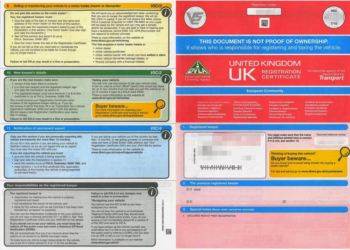
Select options This product has multiple variants. The options may be chosen on the product page
📝 Tłumaczenie Przysięgłe Angielskich Dokumentów Samochodowych na Język Polski

Select options This product has multiple variants. The options may be chosen on the product page
📜 Tłumaczenie przysięgłe Niemieckie Dokumenty Samochodowe na język polski

Select options This product has multiple variants. The options may be chosen on the product page
Belgijskie dokumenty samochodowe (Certificat d’immatriculation/Kentekenbewijs) – tłumaczenie przysięgłe

Select options This product has multiple variants. The options may be chosen on the product page
Japońskie dokumenty eksportowe (輸出関連書類) – tłumaczenie przysięgłe

Select options This product has multiple variants. The options may be chosen on the product page
Norweskie dokumenty samochodowe (tłumaczenie na polski)
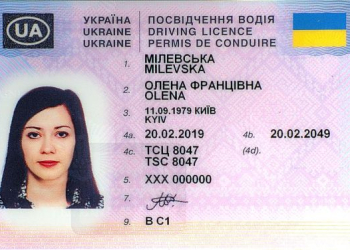
Select options This product has multiple variants. The options may be chosen on the product page
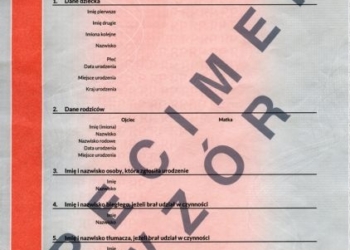
Select options This product has multiple variants. The options may be chosen on the product page
Polski Akt Urodzenia – Odpis Zupełny (Tłumaczenie Przysięgłe)
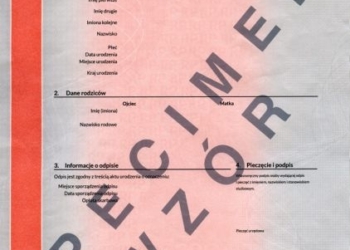
Select options This product has multiple variants. The options may be chosen on the product page
Polski Akt Urodzenia – Odpis Skrócony (Tłumaczenie Przysięgłe)

Select options This product has multiple variants. The options may be chosen on the product page
Tłumaczenie Aktu Małżeństwa na Angielski

Select options This product has multiple variants. The options may be chosen on the product page
KRS Tłumaczenie na Angielski

Select options This product has multiple variants. The options may be chosen on the product page
Tłumaczenie Przysięgłe PIT-11 (na Angielski)
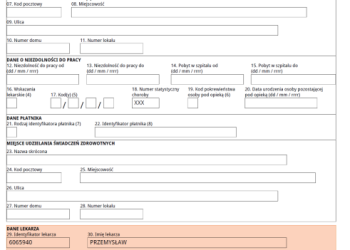
Select options This product has multiple variants. The options may be chosen on the product page
Zwolnienie lekarskie (Tłumaczenie Przysięgłe)
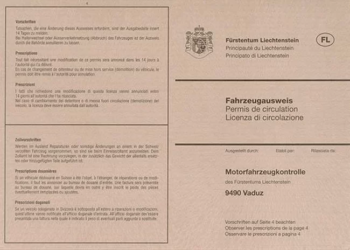
Select options This product has multiple variants. The options may be chosen on the product page
Liechtensteińskie dokumenty samochodowe (tłumaczenie na polski)
If you are looking to translate a non-official document or one that is not in our store, we invite you directly to the contact form. Send us a photo or scan of the documents you want to translate for a free quote.



Transcreation. Questions
What is transcreation?
Transcreation is a process that goes beyond simply translating a text to include adapting the content culturally, emotionally and locally. The aim of transcreation is not only to translate the words, but also to convey the intent, tone and emotion of the original so that the communication is effective in the target market.
What does transcreation encompass?
Transcreation is used in various fields such as advertising, marketing, computer games, social media, films and literature. It can include, but is not limited to, translation in marketing, translation in entertainment, translation in the arts and adapting advertising content to local realities.
What does transcreation differ from translation?
While translation focuses more on word-by-word translation transcreation takes into account the cultural and emotional context and the specificity of the target market. Transcreation translators adapt the content to be in line with local expectations and values, while maintaining the intended message.
Why is transcreation important in advertising?
Transcreation in advertising allows marketing messages to be adapted to local cultures and audience preferences. This makes advertising campaigns more effective and engaging, increasing their chances of success in international markets. An example of this is Coca-Cola’s ‘Share a Coke’ campaign, in which the names on the bottles were tailored to popularity in different countries.
What are examples of transcreation in games?
In computer games such as The Witcher and Cyberpunk 2077, translation in computer games requires not only accurate translation of dialogues, but also their adaptation to local cultural realities. Dialogues, jokes and references must be transformed in such a way that a player from different cultures can feel engaged and immersed in the game.
What are challenges of transcreation in social media?
In social media translation, transcreation plays a key role in creating content that is tailored to local audiences, taking into account the specific characteristics of a given culture. Advertising campaigns on platforms such as Instagram and Twitter require not only translation, but also creative adaptation to capture users’ attention in a relevant way.
Which way does the transcreation influence the art?
Translation in the art is the process that involves adapting literary works, films or theatres to make them comprehensible and engaging for international audiences. Transcreation in this case may involve changing cultural references to make the work accessible and complete for audiences from different countries.
What are benefits from transcreation?
Transcreation allows for a more fully engaged audience, increases the effectiveness of communication and minimises the risk of misunderstanding or misinterpretation. By adapting content to local cultural and emotional preferences, companies can increase their competitiveness and succeed in global markets.

